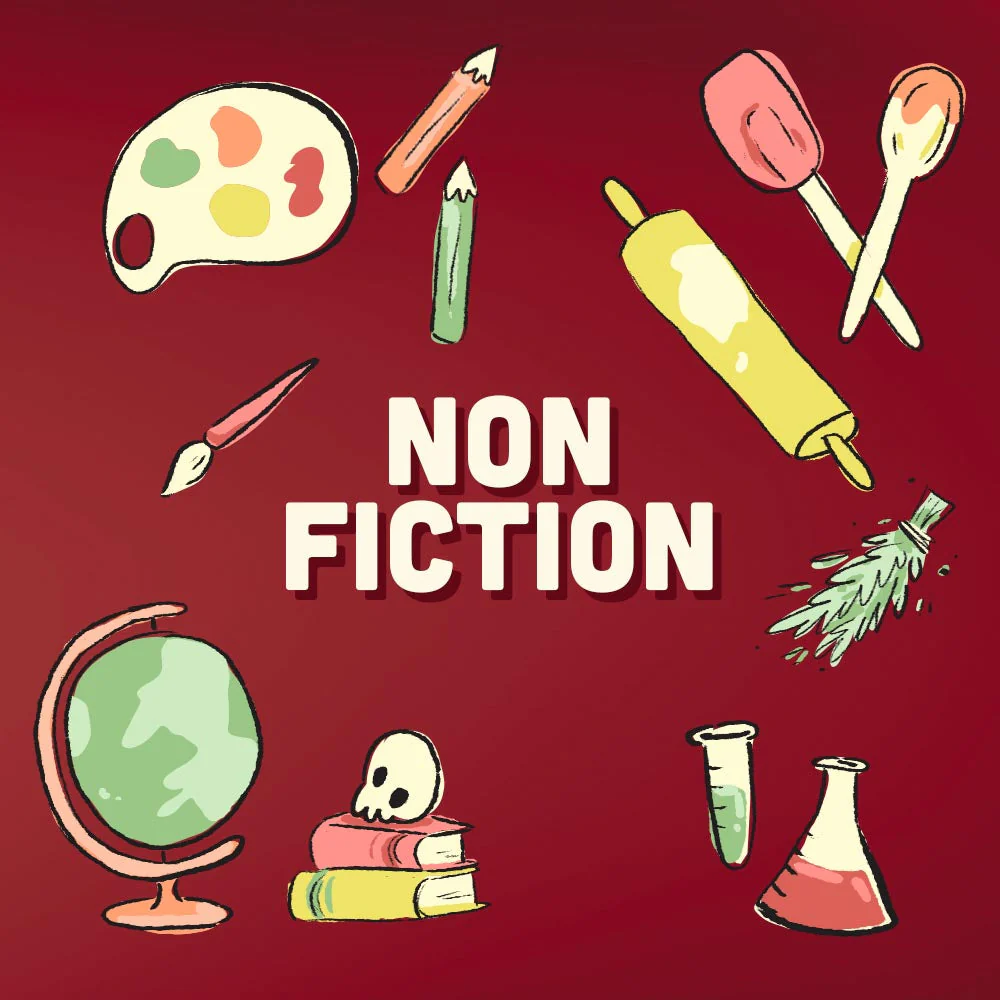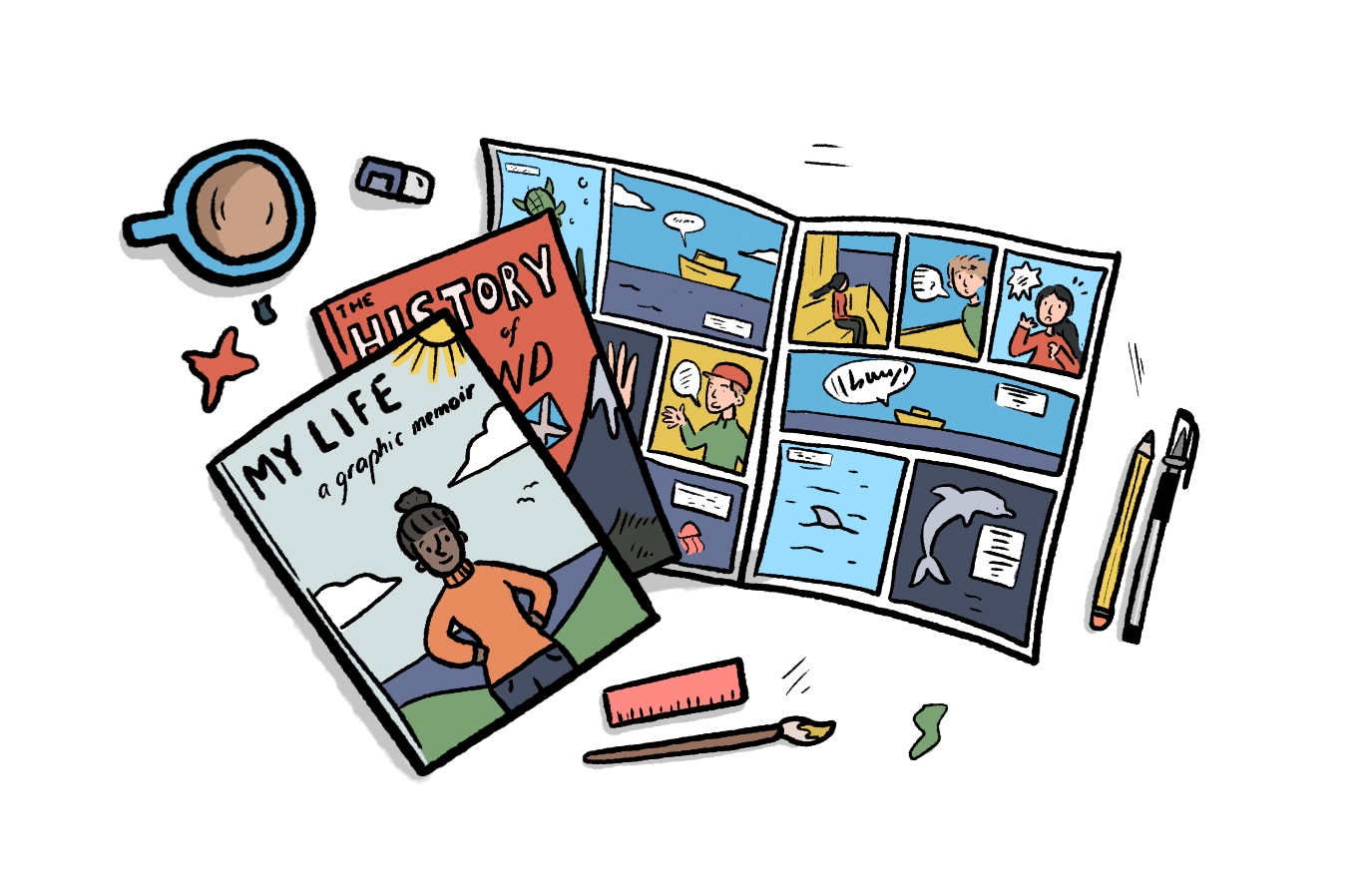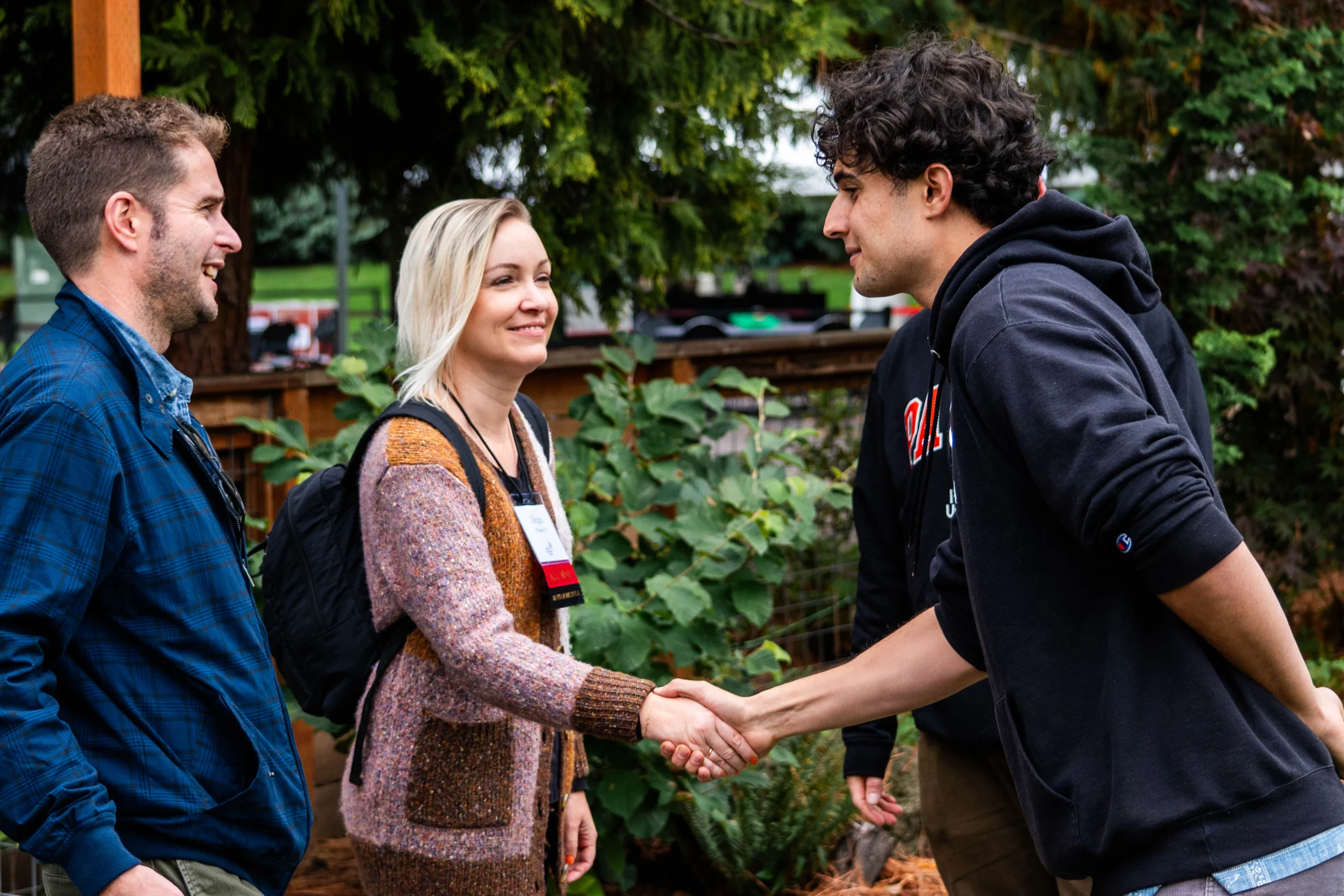
There’s something powerful about non-fiction. It doesn’t rely on dragons or dystopias—it builds stories from truth. From memoirs that crack you open emotionally to longform journalism that changes the way you see the world, non-fiction has a way of connecting us to what’s real—and what matters.
I used to think non-fiction was just textbooks and biographies. But once I discovered creative nonfiction and essays that hit like novels, I realized: truth can be just as compelling as fiction—if not more.
Let’s break down what non-fiction really is, what forms it takes, and how you can write it with impact.
🔍 What Is Non-Fiction?

Non-fiction is any form of prose writing that’s based on real events, facts, and people. It aims to inform, explain, explore, persuade, or reflect—sometimes all at once.
But non-fiction isn’t just “dry facts.” It includes:
-
Memoirs and autobiographies
-
Personal essays
-
Narrative journalism
-
Biographies and profiles
-
Travel writing
-
True crime
-
Self-help and how-to guides
-
Science, politics, and history essays
It can be serious, emotional, funny, poetic—as long as it’s rooted in truth.
✍️ Why Non-Fiction Matters
We live in an age of information overload, but authentic storytelling still stands out. Non-fiction gives us:
✅ Understanding
It helps us explore the world and make sense of complex issues—whether it’s climate change, grief, or navigating adulthood.
✅ Connection
When someone shares their real story—flaws, fears, triumphs—we see ourselves in them. That connection can be life-changing.
✅ Perspective
Reading about lives different from our own expands empathy, challenges assumptions, and opens our minds.
✅ Empowerment
Good non-fiction can spark action, challenge injustice, or simply remind us we’re not alone.
🧠 The Main Types of Non-Fiction Writing
Here’s a quick breakdown of major non-fiction categories and what makes each one shine:
| Type | Description | Example |
|---|---|---|
| Memoir | Personal life stories with emotional truth | Educated by Tara Westover |
| Biography | Detailed life of another person | Steve Jobs by Walter Isaacson |
| Essay / Personal Essay | Reflective, honest, and voice-driven | Slouching Towards Bethlehem by Joan Didion |
| Narrative Journalism | Story-driven reporting with literary techniques | Into the Wild by Jon Krakauer |
| Expository | Informative and analytical | Scientific or political essays |
| Travel Writing | Place-based writing that blends story with insight | In Patagonia by Bruce Chatwin |
| Self-help / Instructional | Advice, frameworks, or how-tos | Atomic Habits by James Clear |
Some pieces even blend multiple styles, which is where things get really interesting.
💬 Tips for Writing Non-Fiction That Hits Home
Writing non-fiction isn’t just about getting facts straight—it’s about making the truth resonate. Here’s what I’ve learned:
1. Lead with curiosity
Whether you’re writing about your own life or someone else’s story, curiosity drives discovery. Ask deeper questions. Challenge assumptions. Go beyond the surface.
2. Focus on the “why,” not just the “what”
Don’t just describe events—explore meaning. What did this teach you? How did it change you?
3. Use storytelling techniques
Yes, even in non-fiction:
-
Strong characters (real ones)
-
Conflict and tension
-
Scene-setting and dialogue
-
Emotional stakes
4. Be honest, not perfect
The best non-fiction writers show their vulnerability, uncertainty, and flaws. Readers don’t want polished—they want real.
5. Respect your subject (especially if it’s you)
Whether you’re writing about family, trauma, or cultural issues, do your homework and approach topics with care.
🔎 Finding Ideas for Non-Fiction Writing
Don’t know where to start? Try these:
-
A moment in your life that changed everything
-
A question you’ve been trying to answer
-
A place you’ve visited that left a mark
-
A skill you’ve mastered—and how
-
A challenge you’re still navigating
Non-fiction lives in the everyday. Pay attention to the little things. That’s often where the best stories live.
🛠️ Tools & Resources to Get Started
-
Narratively– Personal stories with strong narrative arcs
-
Longreads– Features, essays, and deep dives
-
The Moth– True stories told live (great for audio storytelling)
-
Brevity– Flash non-fiction pieces under 750 words
✅ Final Thoughts: Truth as Art
Non-fiction isn’t just about relaying information. It’s about shaping real experiences into prose that reveals, questions, and connects.
Whether you’re documenting your life, exploring someone else’s, or explaining a topic you care about—non-fiction is your toolkit to turn truth into meaning.
And when it’s done well? It can be just as gripping as any novel. Maybe more.






